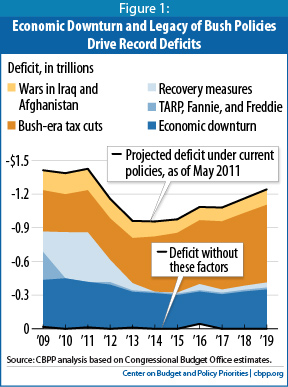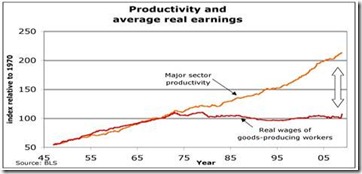
Republican Paul Ryan's 2011 austerity plan is being trotted out by House Republicans once again. In spite of the sequester cuts and a declining budget deficit, Ryan wants to create even more economic austerity. Representative Ryan and House Republicans have to still be living in rural America of the 19th century to believe this budget plan would work.
Its purpose is obvious -- to cut government spending by abolishing Obamacare, or the Affordable Care Act, as well as downsizing Medicare to a private voucher program, and cutting taxes for the wealthiest even further by simplifying tax brackets to 10 and 25 percent. And he maintains this will balance the budget in 10 years!
Yet balancing the budget isn't the problem, as many economists have pointed out, including Paul Krugman. The annual deficit that is the source of federal debt is in fact dropping too quickly, thanks to the sequester agreement, 2011 spending cuts, and the year-end income and payroll tax increases. Any further cuts will cost tens of thousands of public and private sector jobs that depend on government contracts. This will in turn strangle government revenues that would further increase the deficits and so overall debt.

Graph: CBPP
It is a vicious circle that those who still espouse 19th-century free market economics do not want to recognize. What applied to a rural America where 70 percent still lived on farms cannot apply today to an urbanized U.S.
It is being tried in Europe and has precipitated a second, and even third recession in the case of Great Britain. As so many, including the Center For Budget and Policy Priorities (CBPP) have pointed out, most of the debt was accumulated by wars and the Bush tax cuts. Just two policies dating from the GW Bush Administration -- tax cuts and the wars in Iraq and Afghanistan -- accounted for over $500 billion of the deficit in 2009 and will account for nearly $6 trillion in deficits in 2009 through 2019 (including associated debt-service costs of $1.4 trillion). By 2019, CBPP estimates that these two policies will account for almost half -- over $8 trillion -- of the $17 trillion in debt that will be owed under current policies.

Graph: Calculated Risk
As CBPP President Robert Greenstein said when Ryan's plan was first revealed in 2011, it's "Robin Hood in reverse -- on steroids, because it would have produced the largest redistribution of income from bottom to top in modern U.S. history."
The problem is really a lack of demand, due to fallen household incomes, as the graph makes clear. If the private sector saw a greater demand for its products and services, they would be hiring more. Most of the benefits of the huge increase in labor productivity since the 1970s have either gone to Wall Street, record high corporate profits, or its wealthiest executives.
And that is the real purpose of the Ryan plan. But money has to be returned to those who produce it, not those who manage its profits, if we want to create the demand that causes economic growth. The Ryan Plan sets us back to a 19th-century regulatory environment with its huge wealth disparities, dependence on fossil fuel use, and a less safe safety net. American workers can no longer go back to their farms during the hard times such antediluvian economic policies would create.
